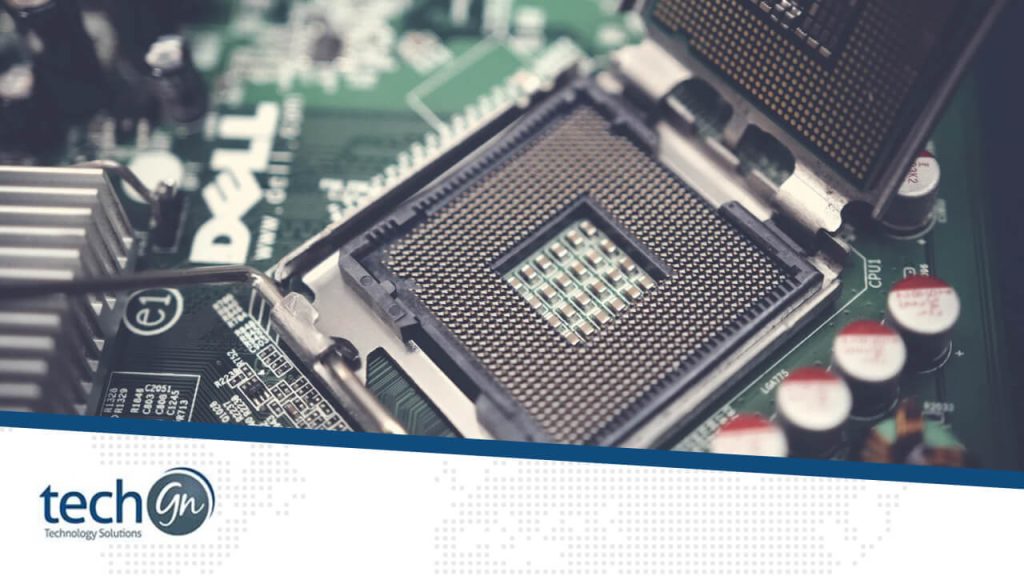The Evolution of GPUs
From Graphics to General-Purpose Computing
The journey of GPUs began in the 1990s with their primary function being to offload and accelerate complex graphic computations from the Central Processing Unit (CPU). This specialization allowed CPUs to focus on general tasks while GPUs handled intensive graphical workloads. The introduction of NVIDIA’s CUDA (Compute Unified Device Architecture) in 2006 marked a significant milestone, enabling developers to harness the parallel processing power of GPUs for a variety of non-graphical computations.
The Rise of Parallel Processing
GPUs are designed with a large number of smaller, efficient cores that can handle multiple tasks simultaneously. This architecture contrasts with CPUs, which typically have fewer cores optimized for sequential processing. The parallel nature of GPUs makes them ideal for tasks that can be divided into smaller, concurrent processes, significantly speeding up computations.
Key Applications of GPUs
Gaming and Entertainment
The most well-known application of GPUs remains in the gaming industry. Modern video games rely on sophisticated graphics rendering to create realistic and immersive experiences. GPUs handle complex calculations required for rendering lifelike textures, lighting, shadows, and physics, allowing for real-time rendering at high resolutions and frame rates.
Artificial Intelligence and Machine Learning
In recent years, GPUs have become indispensable in the field of AI and machine learning. The training of deep learning models involves vast amounts of data and requires substantial computational power. GPUs excel at performing the matrix multiplications and other operations essential for training neural networks, reducing the time needed to train models from weeks or months to days or even hours.
Scientific Research and Data Analysis
The scientific community leverages GPUs to accelerate research in fields such as molecular dynamics, climate modeling, and astrophysics. For example, in molecular dynamics simulations, GPUs can process millions of particle interactions simultaneously, enabling researchers to study complex biological processes at unprecedented speeds. Similarly, in climate modeling, GPUs allow for the simulation of intricate atmospheric patterns and climate changes with greater accuracy.
Cryptocurrency Mining
The surge in popularity of cryptocurrencies like Bitcoin and Ethereum has driven demand for GPUs in mining operations. Mining involves solving complex cryptographic puzzles to validate transactions on the blockchain. The parallel processing capabilities of GPUs make them well-suited for the repetitive, intensive computations required in mining, though this application has also raised concerns about energy consumption and hardware shortages.
Autonomous Vehicles
GPUs play a critical role in the development of autonomous vehicles. They process vast amounts of data from sensors and cameras in real-time, enabling the vehicle to interpret its surroundings, make decisions, and navigate safely. The ability to perform rapid image and signal processing is crucial for the functionality and safety of self-driving cars.
The Future of GPUs
Advances in Hardware
As the demand for more powerful and efficient computing continues to grow, GPU manufacturers are continuously innovating. Future GPUs are expected to feature increased core counts, higher memory bandwidth, and enhanced energy efficiency. Innovations such as NVIDIA’s Tensor Cores and AMD’s RDNA architecture are paving the way for even greater performance gains in AI, gaming, and scientific applications.
Integration with Other Technologies
GPUs are increasingly being integrated with other emerging technologies. For instance, the combination of GPUs with quantum computing holds the potential to tackle problems currently beyond the reach of classical computers. Additionally, the integration of GPUs with edge computing devices promises to bring AI capabilities closer to where data is generated, reducing latency and enabling real-time decision-making in applications like IoT and smart cities.
Integration with Other Technologies
GPUs are increasingly being integrated with other emerging technologies. For instance, the combination of GPUs with quantum computing holds the potential to tackle problems currently beyond the reach of classical computers. Additionally, the integration of GPUs with edge computing devices promises to bring AI capabilities closer to where data is generated, reducing latency and enabling real-time decision-making in applications like IoT and smart cities.
Bottom Line
The role of GPUs in modern computing has expanded far beyond their original purpose of rendering graphics. Their unparalleled ability to perform parallel processing has made them essential in a wide range of applications, from gaming and AI to scientific research and autonomous vehicles. As technology continues to advance, the capabilities of GPUs will only grow, further cementing their place as a cornerstone of modern computing.
In a world increasingly driven by data and complex computations, GPUs are not just processing units; they are the engines propelling us into the future of technological innovation and discovery.
Reviews
Tailoring Solutions


